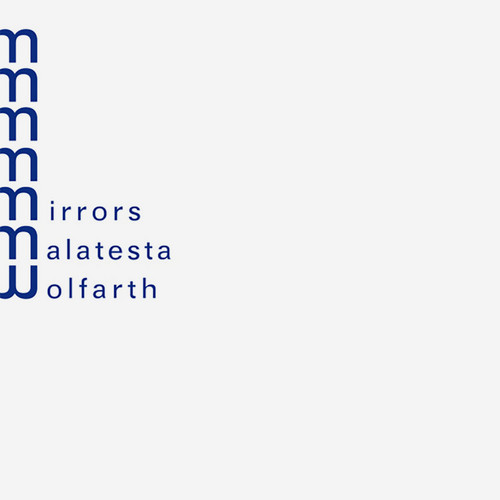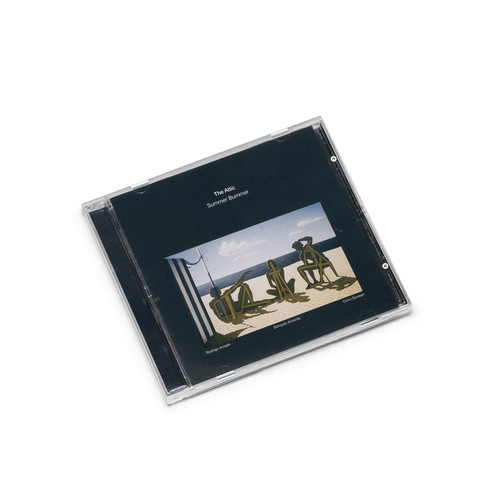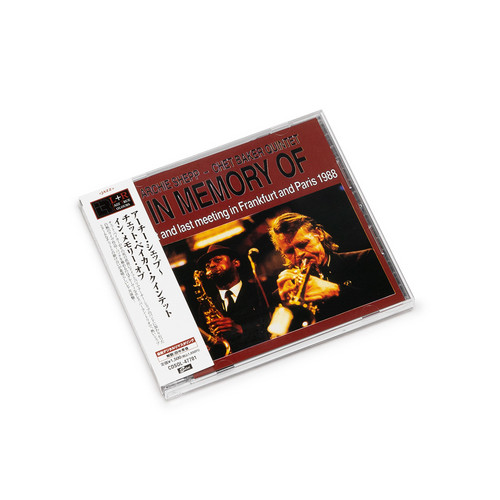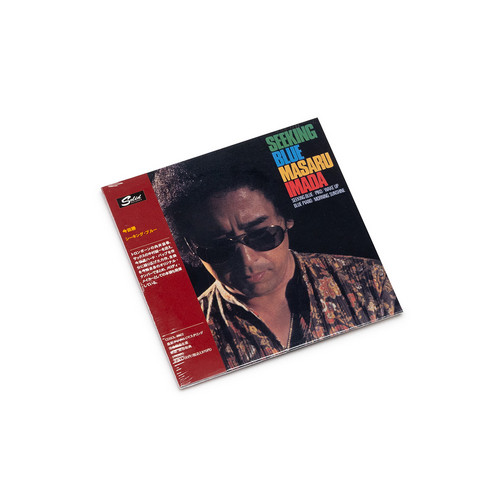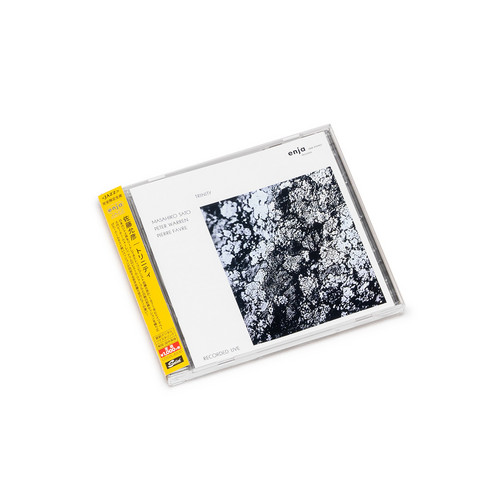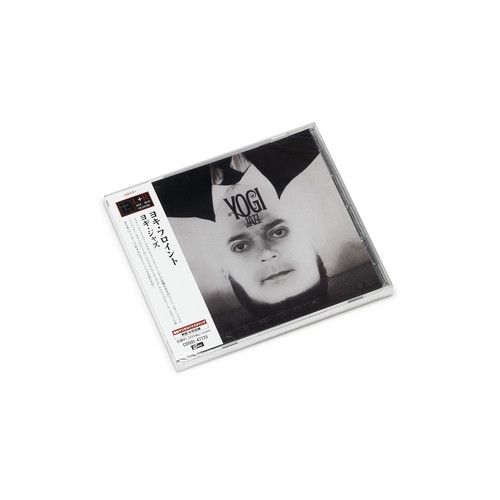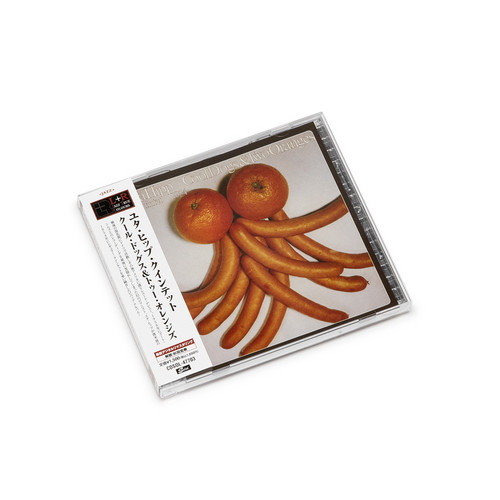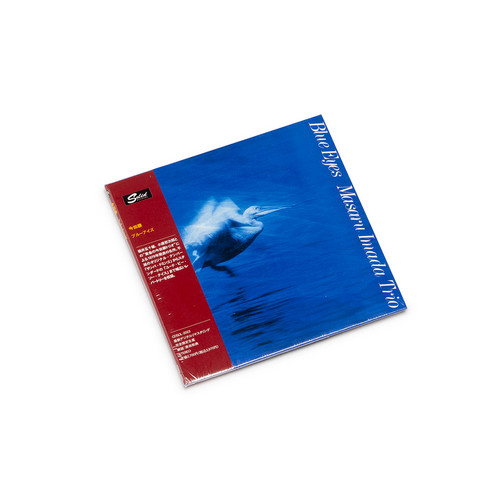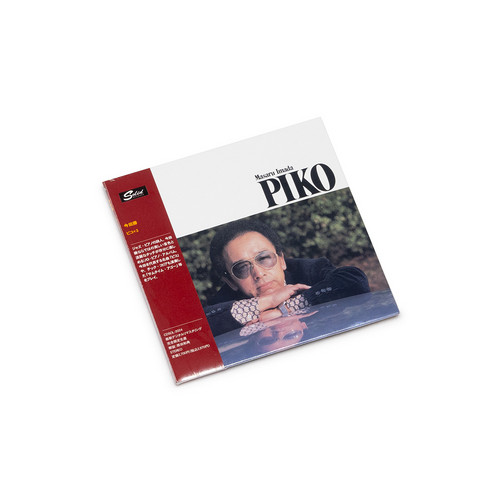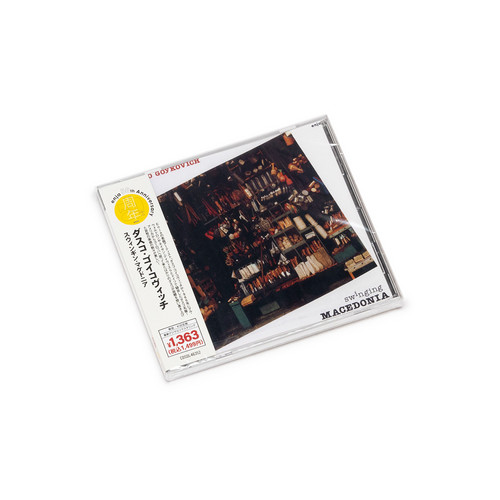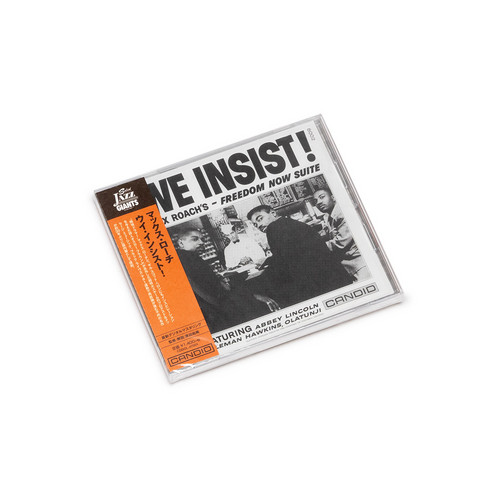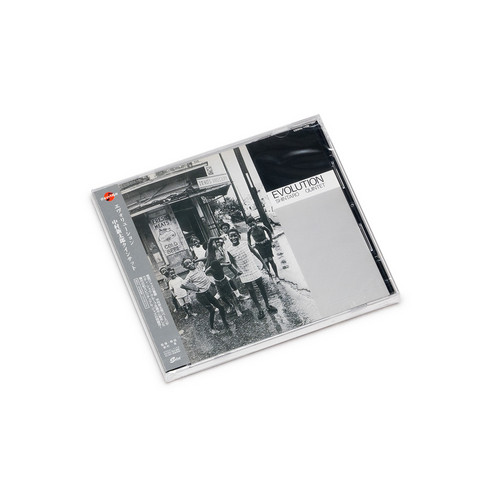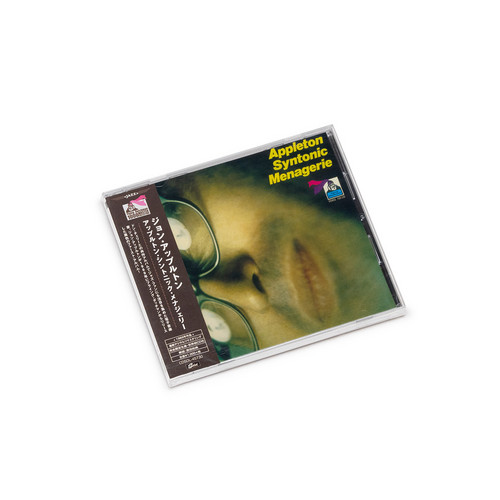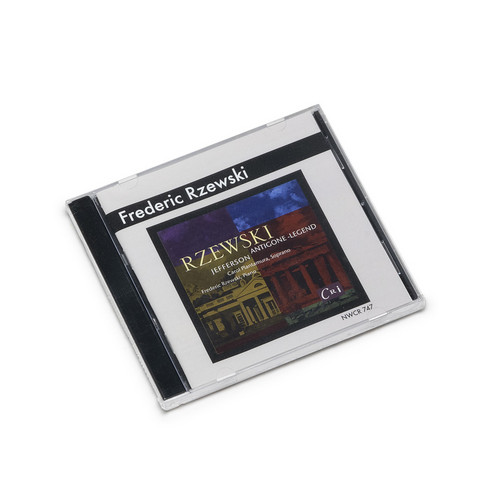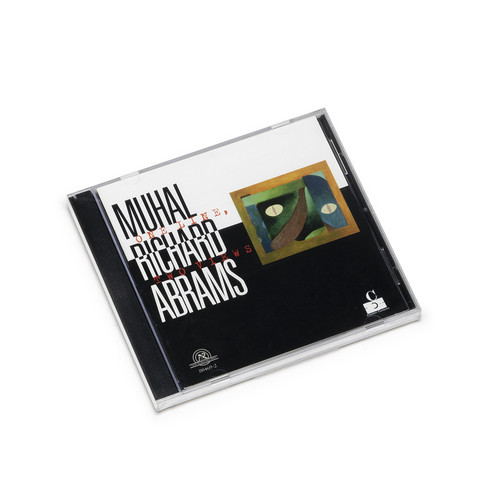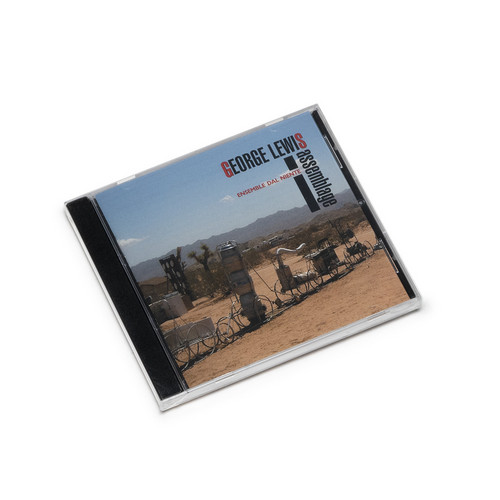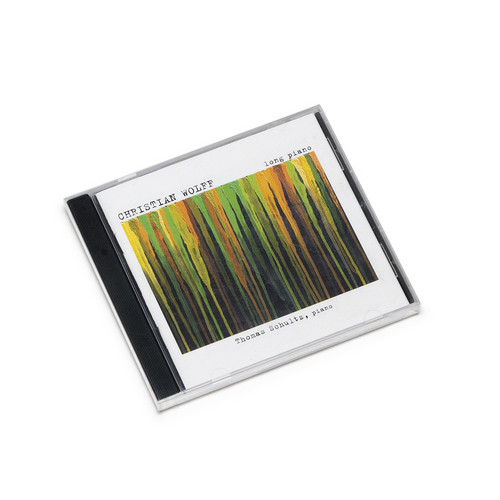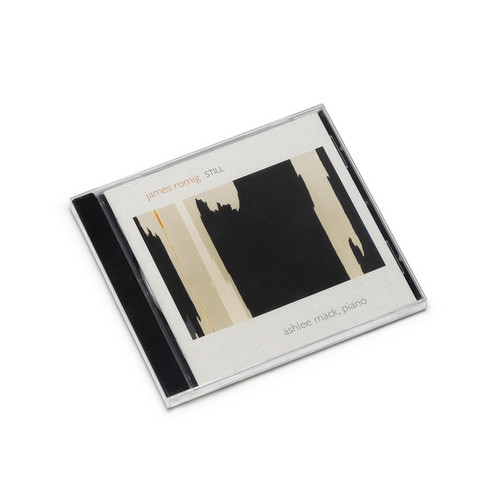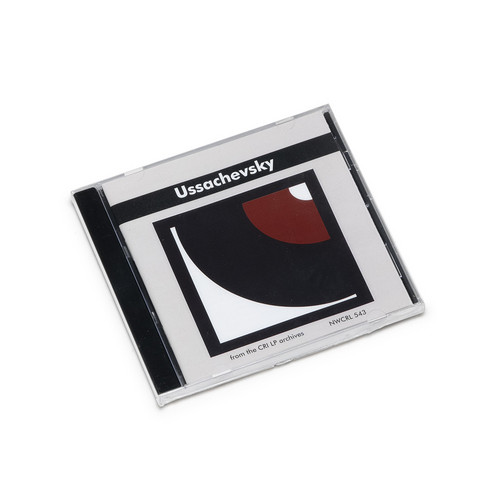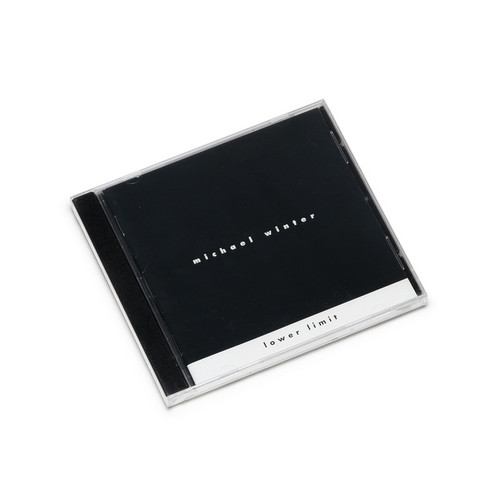Back in stock
Mirrors
There is not a lot to say when a young talented percussionist meet one of the master of improvised music, also percussionist ; we can just sit and listen what happens. this is what exactly did the guys at cosabeat studio during "mirrors" recording session. the result is incredible. you can really feel the musicians concentration and then understand the importance of every sound they created. this is a focused, brilliant, top class "sound dialogue" between two of the most dedicated artist i …
Summer Bummer
Recorded by Nick Symons at Summer Bummer Festival, DE Studio, Antwerp, August 26th, 2018. Rodrigo Amado - tenor saxophone, Gonçalo Almeida - double bass, Onno Govaert - drums. Festival curated by Koen Vandenhoudt & Christel Kumpen with production by Sound in Motion.
In Memory Of
Trumpet superstar Chet Baker recorded a session with Archie Shepp in 1988, an unexpected collaboration given their different styles. At the time of the event, Shepp had adopted a more traditional approach, yet still retained an appreciation for the contemporary elements that characterized his earlier creations. Meanwhile, Chet had embraced a more modern style in his music, which differed significantly from Archie's direction, partly due to the physical transformations Baker had experienced. The …
Seeking Blue
The second in the Masaru Imada reissue series that jazz collectors all over the world have been eagerly awaiting! This is a tour de force of Imada's hard bop style, featuring Shigeharu Mukai on trombone and Seiichi Nakamura on saxophone. All songs are Imada's own original numbers, and he also demonstrates his true potential as a melody-maker.
Trinity
*2024 stock* Enja has released the live recordings of Masahiko Sato, one of the most famous pianists in Japan, at a broadcasting station in Germany in 1971, and this is a rare item that has only been released on CD once in the past in 1992.The performance by Sato, who came to Munich in 1971 at the invitation of Horst Weber of Enja, Peter Warren on bass, and Pierre Fabre on drums is truly a triumvirate of greatness!
Yogi Jazz
*2023 repress* Tremendous early work from German saxophonist Joki Freund a player who would go onto much greater fame in the progressive years at the end of the 60s, but who already sounds plenty darn great on this early combo side from 1963! The style of the work is incredibly hip with a definite John Coltrane modal groove in place, but also a sense of globally conscious jazz that's very much in the spirit of classic Saba/MPS work, but which predates most of that by a number of years! Freund pl…
Cool Dogs & Two Oranges
An incredible early German bop session! In the 1950s, pianist Jutta Hipp recorded straighter sides for Blue Note in the US, but this first album features her with German contemporaries Joki Freund on tenor sax and Emil Mangelsdorff on alto, creating a dark, sharper sound than expected! Hipp leads, but Mangelsdorff and Freund's horn interaction on several song intros, slashing back and forth like a double-edged blade and then bursting forth into lovely compact solos, makes the record sparkle.
Blue Eyes
Reissue of Masaru Imada Trio's Blue Eyes. Originally issued on Yupiteru Records YJ25-7029. Recorded on June 25 and 27, 1979. Comes in mini LP replica with obi, four page booklet in Japanese
Piko + 3
The second in the Masaru Imada reissue series that jazz collectors all over the world have been eagerly awaiting! A solo piano album that allows you to fully enjoy the beautiful tone and fluid touch of jazz piano poet Masaru Imada. The album features Imada's signature tune 'Pico', as well as 'Sum Time A Go', which was also performed by Chick Corea.
Swinging Macedonia
"Mal Waldron's piano, exotic ensemble and sweltering pets. This is the definitive melancholy jazz album! Long-awaited reissue at mid-price of this masterpiece from the peak of Balkan treasure Dusko Goykovich's career! This is an unquestionably treasured album full of great songs and performances, including Nicolas Conte's cover of 1 and 9 from "Tatsuo Sunaga's Night Jazz", and it has been restored in its original German Philips jacket!
It is no exaggeration to say that "Swingin' Macedonia" is th…
We Insist! Max Roach's Freedom Now Suite
*2024 stock* One of the major statements in the history of Jazz and African American liberation movements. Originally released in 1960 on Candid Records, Max Roach’s Freedom Now Suite consists of five original compositions and performances staging and celebrating different moments and aspects of the African American history and culture. Here is a wonderful cast of musicians reunited around Max Roach – drums and Abbey Lincoln – vocals. Throughout the album you can find great contributions from th…
Evolution
*2024 stock* "This release Shintaro Quintet’s private press release ‘Evolution’. It’s another well-chosen release that comes with superb packaging, high sound quality and some interesting sleeve notes which give a fascinating in-depth insight into the music and the musicians in Japan within the specified time period.
Recorded in New York, the one-off recording by bassist Shintaro Nakamura and his quintet features the brilliant trumpeter Shunzo Ohno, who has played on many of the quintessential J…
Appleton Syntonic Menagerie
Tip! *2024 stock* Jon Appleton, born in Hollywood (1939) but mainly active in New York, was one of the pioneers of electronic music. His work on Syntonic Menagerie (Flying Dutchman, 1969), and Human Music (Flying Dutchman, 1970), with Don Cherry, introduced electronic instruments to a wider audience.
Antigone-Legend / Jefferson
Carol Plantamura and Frederic Rzewski met in 1965 when they were both at the Center for the Creative and Performing Arts at the State University of New York (SUNY), Buffalo. After beginning to work together in 1966, they collaborated in Rome as members of the improvising collective Musica Elettronica Viva, and from 1966 to 1970 they performed together throughout Italy, Belgium, the Netherlands, and Germany as a piano-vocal duo. Jefferson was written for Carol Plantamura in 1970 as part of a seri…
One Line, Two Views
One Line, Two Views features seven compositions for nine-piece ensemble by Muhal Richard Abrams. Works range from the subtle textural and tonal explorations of "Textures," "Hydepth," and the title track to the hard bop revisitations of "11 over 4" and "The Prism 3." The disc is rounded out by an ebullient, joyous, and celebratory "Tribute to Julius Hemphill and Don Pullen" and the blues-tinged "Ensemble Song." Abrams opts for unique instrumentation including violin, harp, and accordio…
Assemblage
George Lewis (b 1952) combines an astonishing level of creativity with trenchant critiques of many traditional conceptions about experimental music. The four compositions on this album reference a wide range of ideas, from rhetoric in Ancient Rome to actor network theory, and the album's eponymous composition finds its grounding in the concept of the "assemblage," (or agencement in French) a pragmatic, material, non-teleological approach to composition. Among the album's compositions, Mnemosis (…
Long Piano
The melodic and, in the case of the solo piano music, timbral materials from which Christian Wolff's (b 1934) music is made are rarely unusual; these are ordinary, everyday things. However, Wolff's rhythmic invention is of great range and variety: complex polyrhythms, speech-like-rhythms, the music flowing at a freely fluctuating rate or proceeding in a plain, straightforward manner, silences. This mix of unusual and ordinary results in a music unlike any other. And, in a piece of such length as…
Still
James Romig (b 1971) endeavors to create music that reflects the intricate complexity of the natural world, where fundamental structures exert influence on both small-scale iteration and large-scale design, obscuring boundaries between form and content. Still, for solo piano (2016), inspired by the paintings of Clyfford Still, comprises 43 individual "Iterations" that may be performed in a continuous unbroken strand of music that lasts approximately 55 minutes, or it may be divided into smaller …
Dialogues and Contrasts / Colloquy
The title Dialogues and Contrasts describes the nature of the exchange which takes place between the performer and the materials committed to tape. In the first movement the exchange is more in the nature of an argument. Though initially each side appears to favor an independent thematic course, as the movement progresses the performers engage in direct response to the statements on tape. The second movement is more subdued and reflective, with many solo passages, particularly from the French ho…
Lower Limit
The immersive sonic textures that characterize Michael Winter's (b 1980) music are crafted from comprehensive lists of data, with each composition encompassing a musical question that is addressed algorithmically. A performance lasts for as long as it takes to "answer" the question, expressing all results as efficiently as possible. Winter leaves room for unanticipated results by keeping things open, notably in the instrumentation, which, rather than specifying instruments, tends to designate ce…
